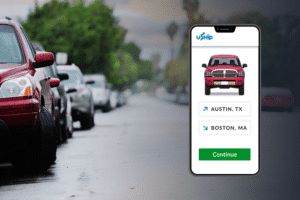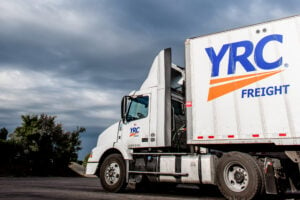We truck drivers have a lot of thinkin’ time. Some fantasize about the future (or other stuff), some reflect on the past, and others sort out the day in front of them.
I used to think about all of the above. But I quickly I realized that I could better manage my thinking time by spending it on my trucking business. This was a critical step to getting my arms around what I was spending, making and putting in my pocket.
Over time, I’ve learned how valuable that’s become as I consider what loads to take, what to skip over, and how to keep my operating expenses down without sacrificing my or others’ safety, while staying compliant.
Here are some of the things that have gone through my mind during this process:
Cost per Mile
I first tackled Cost per Mile, the true cost of operating my rig. There’s no real hard-and-fast rule when determining this as everyone’s equipment and circumstances are different. But most categories you’ll consider (fuel, maintenance, fees, etc.) are pretty universal.
Price per Mile
I then calculated my Price per Mile – what I call the “cha-ching” side of the equation – which is what I would need to make from the loads on my truck to 1) stay ahead of my costs, and 2) yield the profit I require to make a living.
Obviously, figuring out the difference between Price per Mile and Cost per Mile lets you understand your profit. Let’s say on a 1,000-mile trip, you make $1.25/mile on the load, but it costs you $1.00/mile to operate over that distance. Your profit: $.25/mile, or $250. Pretty straight forward.
Cha-Ching
At this point, you’re probably asking two things: “Yeah, I get it. What’s the point?” and two, “Why do you call PPM your ‘cha-ching’ side?”
I realized early-on that the more I have loaded on my truck going in the same direction, the more money made its way into my pocket – or cha-ching (add fist pump here). I’m a big fan of making money, so I had to make sure my “cha-ching” wasn’t on the CPM side, because that meant paying out heavy expenses.
The next question I get is, “Marc, how do I make more money? How do I better maximize the space on my trailer?”
I’ve used a number of load boards, but one of my go-to ways of making money is the load exchange uShip.
Partials on uShip
I’ve been on uShip since 2009 where I am consistently able to find several partial loads going roughly the same direction. This means I can haul between 3-5 LTL loads and increase my PPM, while only slightly adding to my CPM (assuming loads are along my lane). On uShip there is a huge variety of things to haul – heavy equipment, cars, motorcycles, boats, ATVs, RVs, LTL, FTL, and more. Once you get the process down, you’ll have no problem finding and winning loads.
The sketch below spells out what I’m talking about:
And the best part, most of the loads you book on uShip are COD (or even half on pickup/half on delivery), so no waiting 30 or 60 days for your money. And uShip doesn’t charge a subscription fee either – you only pay a fee when you book a load.
If you’re looking at breaking out of the traditional 1 trip = 1 load approach, I’d encourage you to give uShip a try here.
uShip is reinventing shipping and logistics through tools, trust and transparency. Through uShip’s transport marketplace, it’s now faster, easier and cheaper for consumers and businesses to connect with thousands of customer-reviewed transporters that often have empty truck space offered at a discounted rate.
Join uShip to find shipments for free, connecting you directly with shippers.
[amp-cta id=’8518′]


